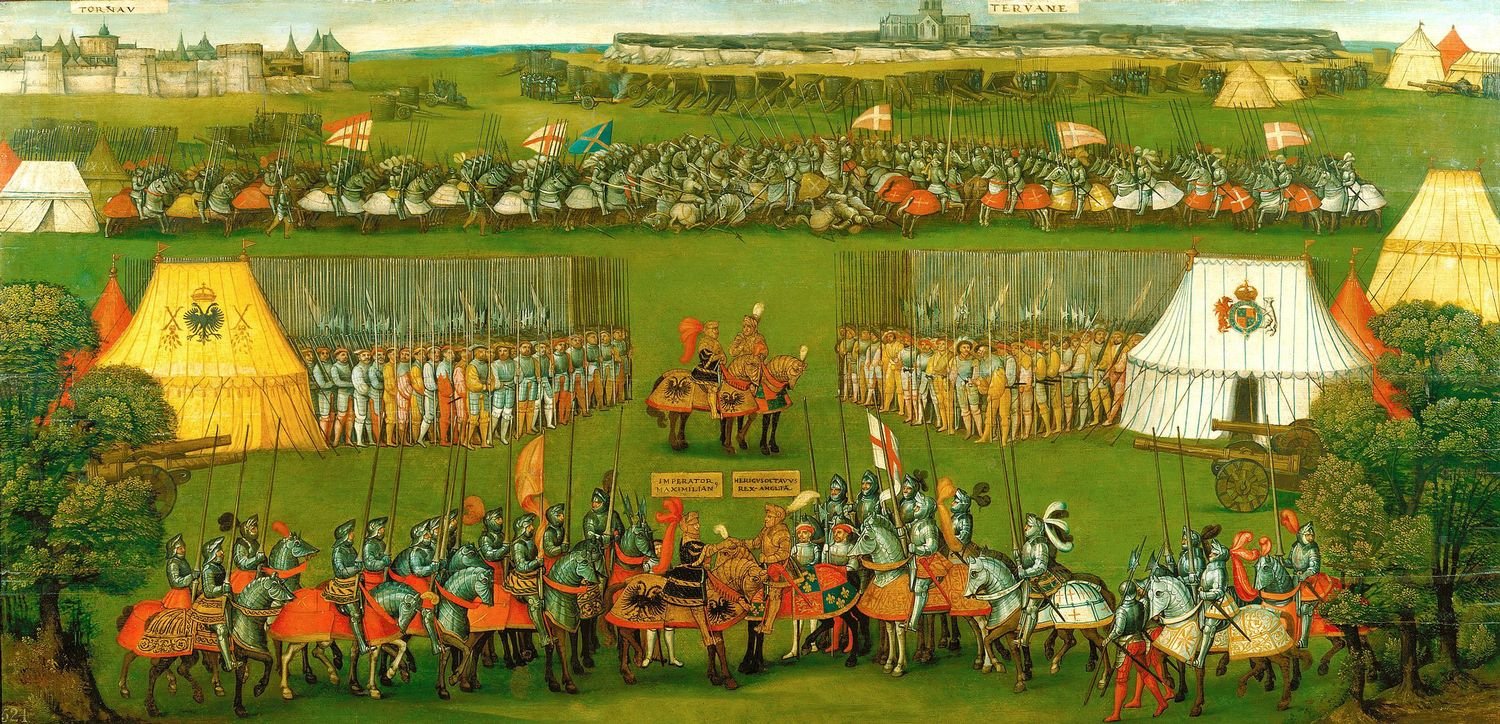
European Armour in the Royal Collection
An introduction to European armour in the Royal Collection.
5. Design, Materials and Techniques
Armour has frequently been at the forefront of technological development, prompting and benefiting from the latest experimentation with materials and techniques. European armour in the Collection demonstrates some of the finest contemporary decorative metalworking methods, as well as design innovations intended to improve strength and flexibility.
In the sixteenth and seventeenth centuries the most advanced armour made in England was produced at the royal workshops in Greenwich. Here, expert craftsmen from Milan, Brussels and Germany achieved sophisticated decorative effects and created new designs to improve the wearer's safety – such as a special plate to prevent hyperextension of the elbow on one of Henry VIII's own armours (RCIN 72834). Sophisticated methods of heat treatment to improve the hardness of steel were also developed here and on the Continent, in South German centres like Augsburg and Innsbruck.







